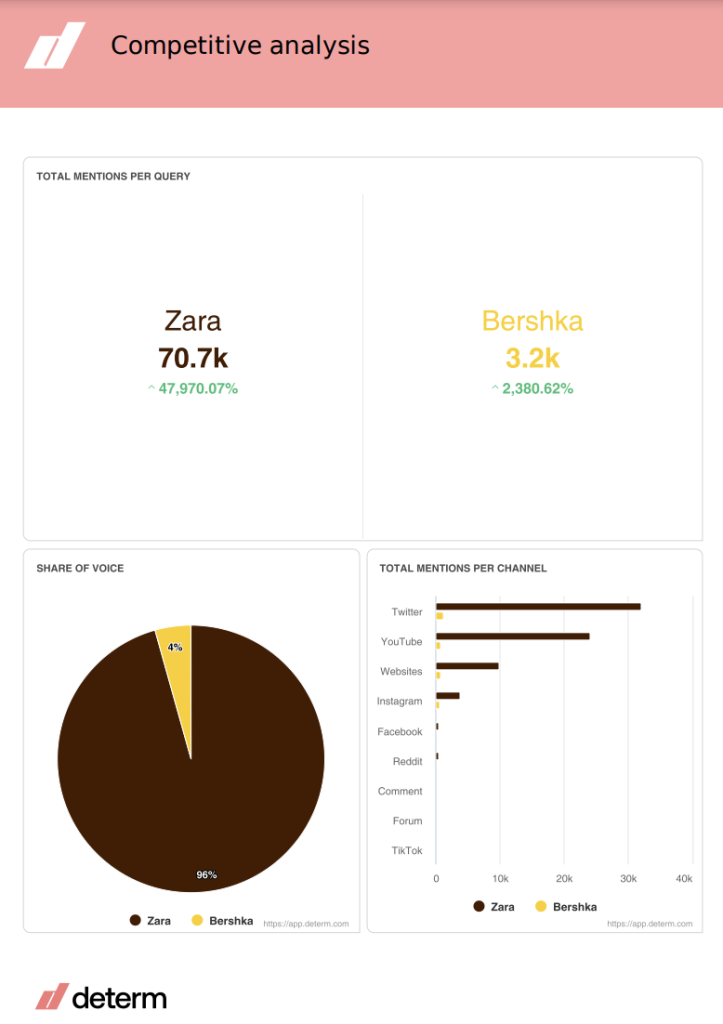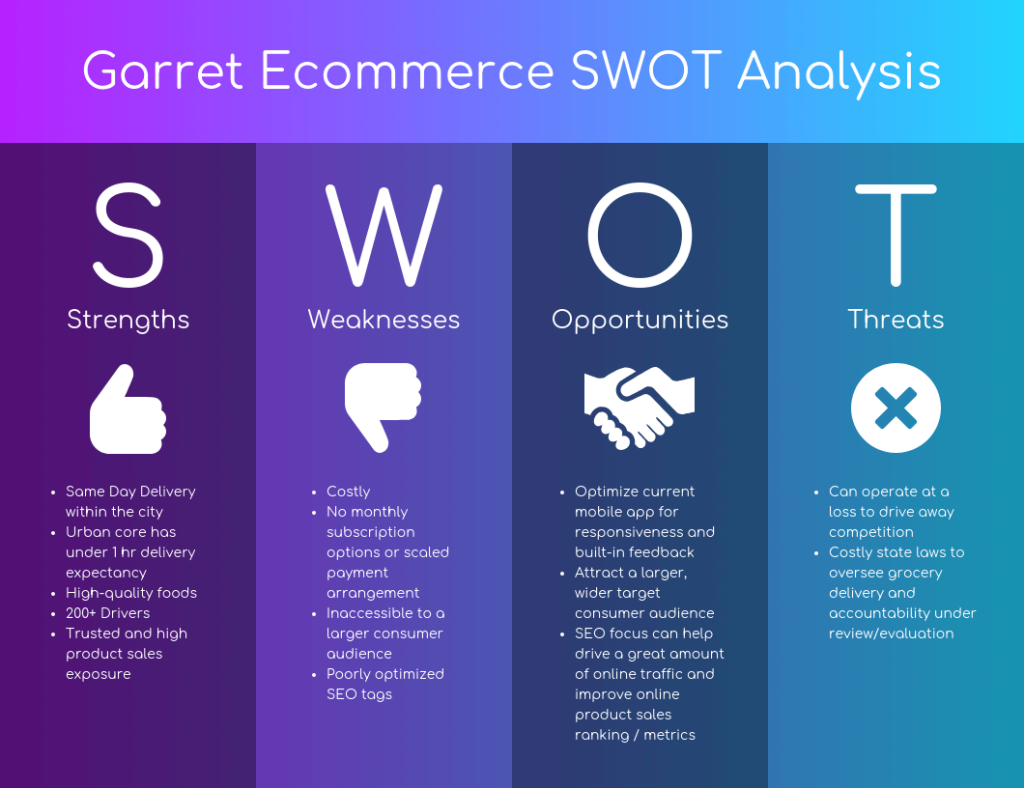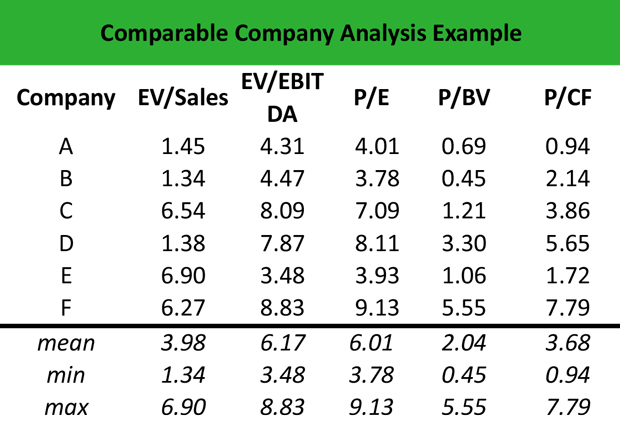Separating your company from the competition can help it stand independently in the niche. To stand out, it’s vital to study the competitor, including what the competitor does better than you. A competitor analysis report is a study that makes it possible to assess your company’s competitiveness and helps develop a strategy for successful business development. Knowing how to create a competitive analysis can help you better compare your brand to other leading companies in your industry.
💡 Read: Competitive Analysis: All You Need to Know
“Competitive analysis is the process by which a company attempts to define and understand its industry, identify its competitors, determine the strengths and weaknesses of its rivals, and anticipate their moves.” (Zahra & Chaples, 1993)
This article will discuss a step-by-step tutorial for writing a competitor analysis report.
Write Basic Data about a Competitor in the Competitor Analysis Report
The competitor analysis report is a necessary component of growth marketing. At the beginning of writing a competitor analysis report, it’s just like in the army: “Weight, height, year of birth?” Introductory information is needed to form a general idea about the players on the battlefield.
Most likely, you already know all the basic information about the competitor if you are not in the first year of work. But the more serious the competition, the more introductory information you should write because every detail can be a path to differentiation.
These are the recommended basic elements to include in a competitor analysis report:
- Year established
- Region
- Management
- Number of employees
- Market share
- Working capital
- Key customers
Use Google or Amazon to explore your product or service and find industry competitors. The top results are likely your competitors.
Read Competitive Monitoring: 8 Tips to Stay Ahead of Your Competition
Write about the Competitor’s Product in the Competitor Analysis Report
You first need to start writing about the company’s product because everything grows from it. Not marketing, not sales, but the product. People go for the service and the product, and then they go to the company. By studying their offer, you can understand how competitive your company’s foundation is.
You should study the product from every angle, paying attention to the details. This will help you find your unique differences not only on a global level but also in the smallest details.
Read 5 Key Components Of A Competitive Gap Analysis
A basic list of competitor’s price and product analysis areas you should pay attention to:
- Assortment
- Size
- Appearance
- Packaging
- Features
- Warranty support
- Color
- Format of realization
- Term
- The degree of fame
Moreover, you need to evaluate not only the main product category but the entire product matrix. You need to understand the leading products, premium products, pre-sales, etc.
Write everything you can get your hands on in the competitor analysis report. After all, if you’ve done your own ABC and XYZ analysis, you know that the main profits are made by products you don’t expect. It would be best if you put it all in a table to write the analysis of your competitor’s products and services more effectively.
Read PR Statistics 2024: Trends and Challenges in PR
Write about Competitor’s Pricing in the Competitor Analysis Report
Every product has its value. Of course, it is not only the cost of production, as it is usually considered. The bigger the company, the more other expenses are built into the product, including overpayment for the brand. So, first of all, you need to find out what their cost is and what their profit is.
Then you need to go over to the client side and assess the final cost because the consumer does not care about the cost. They see the final value and already use it to determine whether to buy it.
Analyzing the discount policy in your competitor analysis report would be best. If you have successfully passed the step of studying cost (even approximately), you can understand where the competitor has discounts or why not.
Read 6 Free Competitor Analysis Templates for Small Businesses

Write about the Competitor’s Basic Marketing in the Competitor Analysis Report
Marketing is a huge topic for the competitor analysis report. You can’t study it 100%, for sure. This is because you never know exactly where the budget of your competitor’s media plan is going. Nevertheless, marketing is the front door of a business, and how well it is packaged and shaped determines whether a customer will go to it.
The first marketing analysis of your competitor should start by looking at the foundation of their approach. You must understand how they present themselves. In other words, you write about the company’s brand in your competitor analysis report.
Even if the approach doesn’t exist at first glance, you need to understand at least what they are going for. After all, you must remember that a competitor analysis report gives a tactical and strategic vision.
Read 6 Essential Metrics for Industry Benchmarking
Write about the Competitor’s Terms & Business Processes in the Competitor Analysis Report
When you know everything about the product, marketing, and sales, you miss the last piece of the mosaic in the competitor analysis report – their terms and business processes.
Some of this information you’d have already received from the previous part, but now you should look at the whole competitor from the other side. This means examining their logistics, production, and ability to provide deferrals, installments, and products on sale.
You need to study all of their working conditions. The most obvious way to look at terms and business processes is to go from A to Z, from call to purchase, or better yet, to return/reject the product if possible.
That way, you can figure out how to improve your working conditions. For example, you can have faster delivery than they have or 24-month interest-free installments when everyone else has 12 months. And you can also improve your business processes to differentiate yourself from them (that’s one way to differentiate yourself), increase efficiency, or reduce costs.
Write about how Often the Competitor is Mentioned on the Web
Having all competitor’s mentions helps to see the bigger picture, for example, who is talking about the competitor, who is not, and what is going on in the industry. This allows adjusting your digital marketing strategy according to the real situation. Determ is a media monitoring tool that can search the internet for mentions of your competitor. It can search over 100 million websites and social networks. All your competitor’s mentions can be reached from your computer browser and mobile phone.
With the tool, you can track your competitors’ mentions and create competitive analysis reports in which you can compare the share of voice, top influencers, top sources, sentiment, and more. Furthermore, the tool is also great for finding out what the media and customers are saying about your competitors online.

Write SWOT, SNW, or Competitive Benchmarking in the Competitor Analysis Report
In today’s world, there are dozens of methods of competitor analysis. There are even some that take several months to complete. We will discuss the simplest and the most effective competitive analysis methods.
SWOT analysis

This is the most popular method of analyzing the market and major competitors. It is a classic of the genre among competitors’ behavioral analysis, which is still taught in institutes.
In SWOT analysis, you compare yourself with a specific competitor according to 4 parts: strengths, weaknesses, opportunities, and threats. These four parts are divided into external and internal. This method allows you to see a bigger picture for the future.
However, as there is no numerical assessment, this approach has flaws. You rely on your subjective opinion or the conclusions of independent experts who can also be wrong.
As a result of the dubious “is/isn’t” assessment, you can stress the wrong thing and waste your time searching for non-existent treasure and eliminating ghost pirates.
SNW analysis
Some say SNW is an improved SWOT analysis. But it’s a different model that emphasizes analysis of a competitor’s internal environment.
The task of the SWOT analysis is to analyze the strengths and weaknesses (2 of 4 parts). In the case of SNW, you also study the neutral aspects of the competitor. The SNW analysis assesses the principle of good/normal/bad, which is not an accurate measurement of tactics.
In practice, it helps you to find your competitor’s points in the normal (neutral) state. This means you can make them your competitive advantage if he ignores them.
Small businesses are less suited to this competitive analysis because it focuses on strategic competitor analysis. So if you’re not particularly worried about strategy right now, it’s better to go back to SWOT or comparable company analysis.
Read The Advantages of Competitor Analysis in Today’s Market
Competitive benchmarking
Competitive benchmarking is the simplest and most extensive (in terms of pages) way to analyze a company’s competitive advantage.
You determine the evaluation criteria and use them to compare yourself to a competitor in the form of a chart.
You can put a score on a “Yes/No” basis or a numerical value from 1 to 10. We prefer the second option because it is more transparent. The main disadvantage of this method is that categorical or numerical criteria cannot objectively evaluate some aspects of the business.
Also, you can only evaluate the present situation and not see what can happen next and what threats and risks may be.
Conclusion
So, to create a great competitor analysis report, you must:
- Write basic data about a competitor
- Write about the competitor’s product
- Write about competitor’s pricing
- Write about the competitor’s basic marketing
- Write about the competitor’s terms & business processes
- Write SWOT, SNW, or competitive benchmarking
Sometimes the conclusion is the most important part of the competitor analysis report. Here the data obtained are supported by knowledge of classical marketing, experience, case studies, and a general idea of the situation on the market. All this makes it possible to write the competitor analysis report and achieve the goal correctly.
